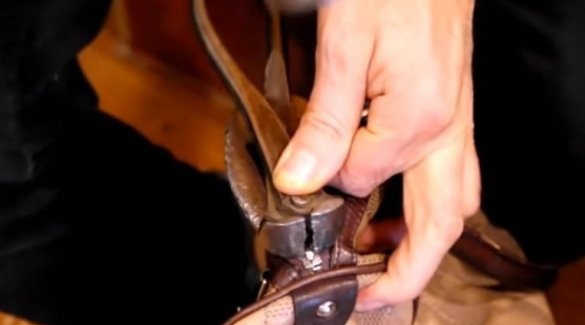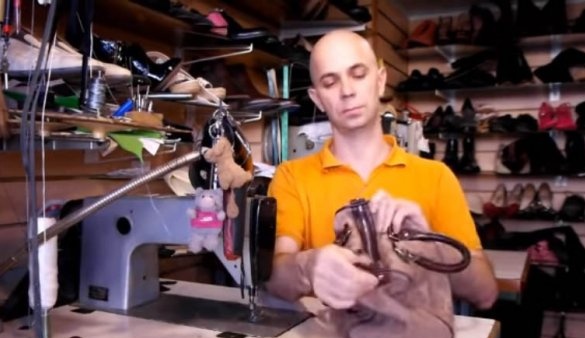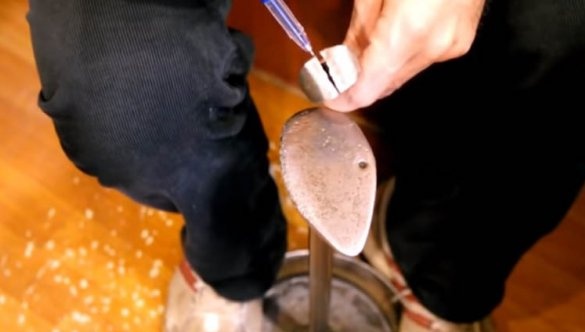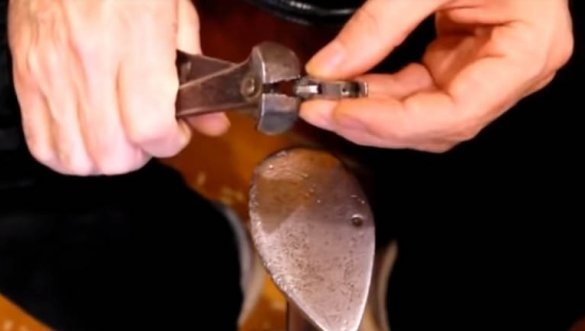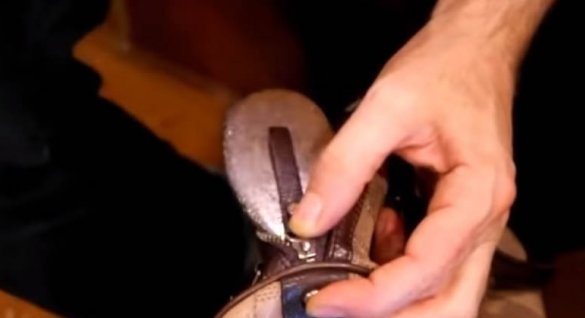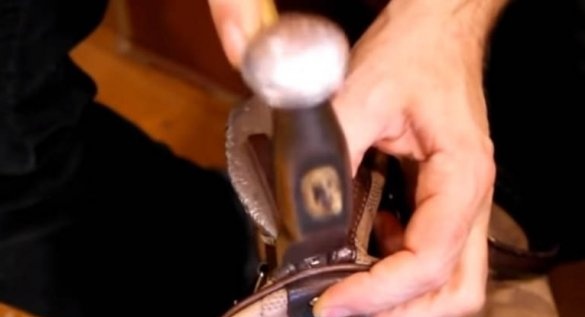With prolonged and frequent use of a metal zipper, the inner walls of its lock (slider) wear out, and it ceases to connect the fastener links qualitatively. As a result, it either “diverges” or ceases to fasten. The problem can be solved by gently squeezing the walls of the lock in order to compensate for the gap formed between them and the teeth of the fastener. Consider how to do this correctly, using the example of repairing a zipper on a bag.
If the clasp is disassembled, then you can see that the inner faces of the slider that need to be pinched look a bit oversized:
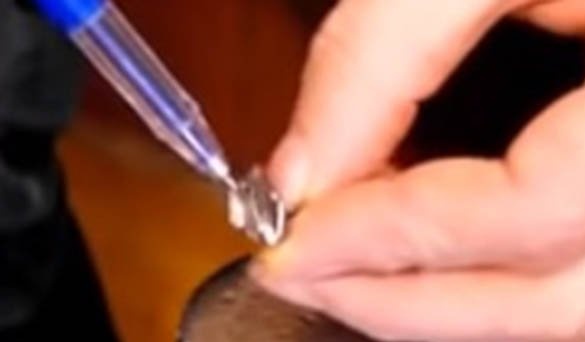
In order for the lightning to work normally, these faces need to be pressed a little inward. It is most convenient to compress them with old nippers or tongs, in which the working edges are blunt or, in general, chipped. When working with such an instrument, there will be less chances to “cripple” the metal of the runner.
With such nippers, in order to tighten the slider, it is taken by the side walls and squeezed tightly, but not very much.
In the same way, you can tighten the slider on the bag itself without removing it from the clasp.
After tightening the sides, the slider should be slightly “knocked out” from above. To do this, they put it on the back of the boot “paw” or another similar device
and hit the base several times with a hammer.
You can hit the slider in a more convenient way. To do this, the edges of the same forceps are installed with an edge on the upper plane of the slider and inflicted several light blows with a hammer on them already.
If you work carefully, it’s easy to tighten the zipper slider correctly. The main thing is not to “overdo it” and not squeeze it so that the fastener links will cease to go inside it at all.
Video how to properly tighten the slider

